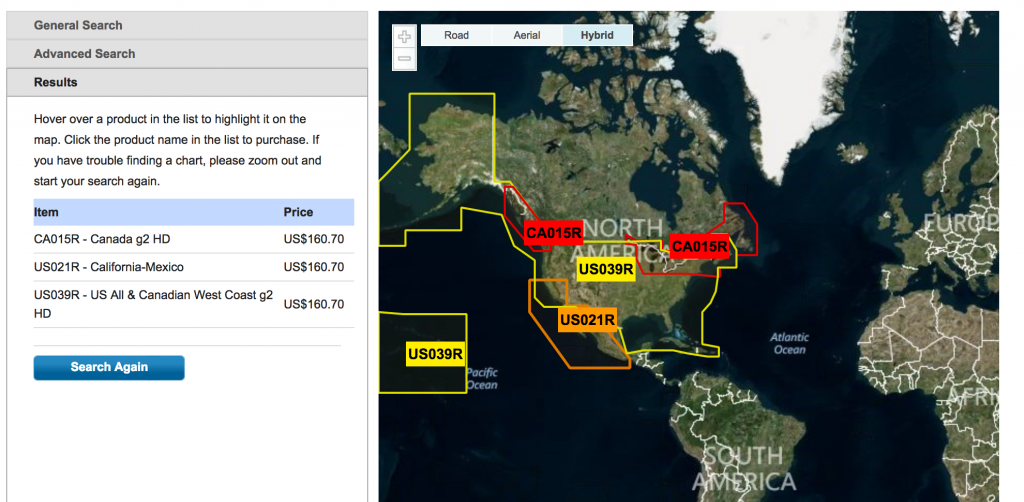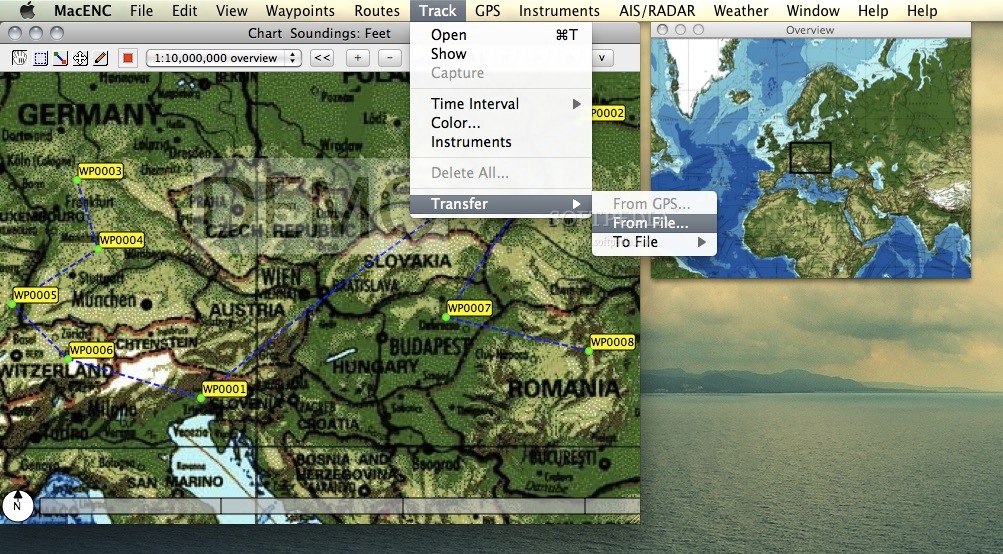

The resulting signals worked well because strong trends emerged with these centerline crossovers.īelow is a chart of Cummins Inc (CMI) with seven centerline crossovers in five months. The next chart shows Pulte Homes (PHM) with at least four centerline crosses in nine months. The MACD will remain negative when there is a sustained downtrend. The MACD will remain positive as long as there is a sustained uptrend. This happens when the 12-day EMA moves below the 26-day EMA.Ĭenterline crossovers can last a few days or a few months, depending on the strength of the trend. A bearish centerline crossover occurs when the MACD moves below the zero line to turn negative.


This happens when the 12-day EMA of the underlying security moves above the 26-day EMA. A bullish centerline crossover occurs when the MACD line moves above the zero line to turn positive. The third bearish signal line crossover in May resulted in a good signal.Ĭenterline crossovers are the next most common MACD signals. Even though upward momentum slowed after the surge, it was still stronger than downside momentum in April-May. There were two bearish signal line crossovers in April and May, but IBM continued trending higher. The yellow area highlights a period when the MACD line surged above 2 to reach a positive extreme. There were some good signals and some bad signals. There were eight signal line crossovers in six months: four up and four down. The chart below shows IBM with its 12-day EMA (green), 26-day EMA (red) and the 12,26,9 MACD in the indicator window. Volatility in the underlying security can also increase the number of crossovers. Even though the move may continue, momentum is likely to slow and this will usually produce a signal line crossover at the extremities. It takes a strong move in the underlying security to push momentum to an extreme.

Even though the MACD does not have upper and lower limits, chartists can estimate historical extremes with a simple visual assessment. Signal line crossovers at positive or negative extremes should be viewed with caution. Crossovers can last a few days or a few weeks, depending on the strength of the move.ĭue diligence is required before relying on these common signals. A bearish crossover occurs when the MACD turns down and crosses below the signal line. A bullish crossover occurs when the MACD turns up and crosses above the signal line. As a moving average of the indicator, it trails the MACD and makes it easier to spot MACD turns. The signal line is a 9-day EMA of the MACD line. Signal line crossovers are the most common MACD signals. This means the distance between the 12-day EMA and 26-day EMA was less than 1 point, which is not a big difference. Notice that the MACD line remained below 1 during this period (red dotted line). The orange area highlights a period of positive MACD values, which is when the 12-day EMA was above the 26-day EMA. The initial cross occurred at the end of September (black arrow) and the MACD moved further into negative territory as the 12-day EMA diverged further from the 26-day EMA. In the example above, the yellow area shows the MACD line in negative territory as the 12-day EMA trades below the 26-day EMA. This means downside momentum is increasing. Negative values increase as the shorter EMA diverges further below the longer EMA. Negative MACD values indicate that the 12-day EMA is below the 26-day EMA. This means upside momentum is increasing. Positive values increase as the shorter EMA diverges further from the longer EMA. Positive MACD indicates that the 12-day EMA is above the 26-day EMA. The direction, of course, depends on the direction of the moving average cross. These crossovers signal that the 12-day EMA has crossed the 26-day EMA. The MACD line oscillates above and below the zero line, which is also known as the centerline. The longer moving average (26-day) is slower and less reactive to price changes in the underlying security. The shorter moving average (12-day) is faster and responsible for most MACD movements. Divergence occurs when the moving averages move away from each other. Convergence occurs when the moving averages move towards each other. As its name implies, the MACD is all about the convergence and divergence of the two moving averages.


 0 kommentar(er)
0 kommentar(er)
